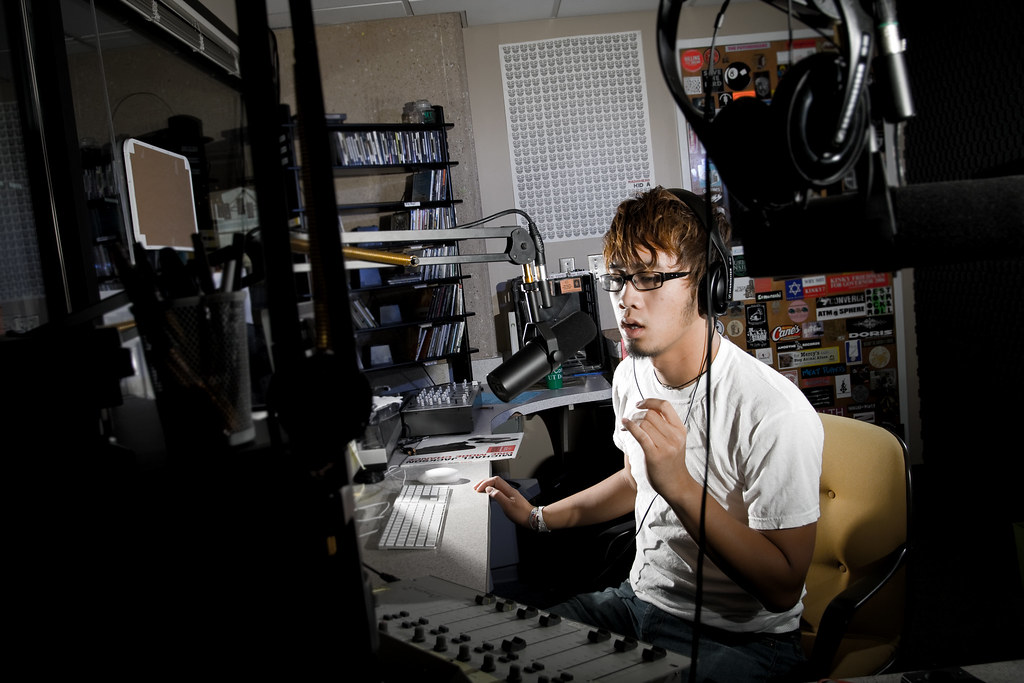Tuesday, November 25, 2008
Monday, November 24, 2008
Sunday, November 23, 2008
Colorizing Lighting
Using colored gels on your flashes could help or hurt an image. I believe that my sample below is one that color lighting deters from image greatness. Posing aside, an environment's lighting can help draw better connections between the subject and background; however my choice of color for the background flash makes the environment seem unnatural. The viewer's eyes would focus on the background first rather than the subject. After this shot, I decided to forgo the colorized lighting and use plain bare bulb lighting. Deciding which color to use provides more options but makes it much harder to achieve image greatness.


1/60 f4 ISO 200
Saturday, November 22, 2008
Film vs Digital: is this a fair challenge?
Check out the experiment here.
See the end of the video for the result. But was it fair for the experiment to conclude which format was better? (35mm against 12MP digital was the case) Within film we have 35mm but why not test against medium format, or even large format film for the matter?
Within digital, we have the DSLRs but then again, why not pit film against digital backs such as Phase One?
See the end of the video for the result. But was it fair for the experiment to conclude which format was better? (35mm against 12MP digital was the case) Within film we have 35mm but why not test against medium format, or even large format film for the matter?
Within digital, we have the DSLRs but then again, why not pit film against digital backs such as Phase One?
Friday, November 21, 2008
Wednesday, November 19, 2008
CO-OP for photography finals
I will be helping myself and others with the finals for my/their photography classes all daylight Friday. Anyone can tag along (I have time to digress from project) or converse in discussion, email lpn071000@utdallas.edu or call 214 718 2387 to find out where I'm at during that Friday.
Tuesday, November 11, 2008
Daniel's first post
Yo! Just want to thank all the models who worked with me. I also would like to thank Long and Hubert for inviting me to the various shoots. Anyways here's some of my stuff...
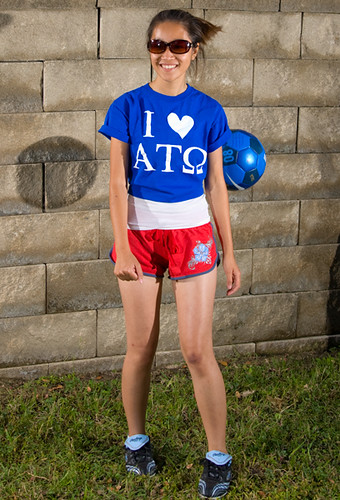
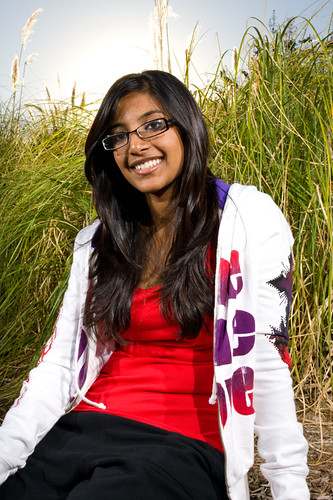
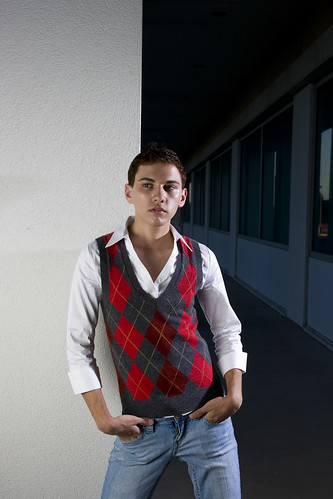
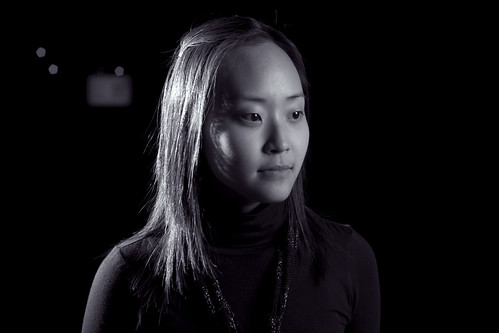
Check out the rest at... http://flickr.com/photos/danielsong/




Check out the rest at... http://flickr.com/photos/danielsong/
Sunday, November 9, 2008
Boy, was I wrong about the release date
Radio Popper Juniors are sure taking a long time to release.
So you guys are stuck without off camera lighting for a while (unless you can afford Pocket Wizards). Non-wireless works too you know, use PC sync cords for wired off camera lighting. Wireless gets too much hype now a days.
In the meantime, look into how to improve posing your model. Some posing how-to books out there but not as much as the technical lighting books. And there are reasons for their small source which I'd rather tell you in person.
So you guys are stuck without off camera lighting for a while (unless you can afford Pocket Wizards). Non-wireless works too you know, use PC sync cords for wired off camera lighting. Wireless gets too much hype now a days.
In the meantime, look into how to improve posing your model. Some posing how-to books out there but not as much as the technical lighting books. And there are reasons for their small source which I'd rather tell you in person.
Saturday, November 8, 2008
Front of SU
Wednesday, November 5, 2008
Photoshoot from last thursday
So I recently got myself a couple wireless receivers and a transmitter from AlienBees and I had problems from the start. The construction of the receivers is very cheap. There is no way to hang the Cybersyncs from the light stands and also, the batteries didn't stay compressed inside the recievers. So one of my receivers wouldn't stay on. I had to mess with it for quite a while and luckily my subject was patient. Anyways, here's some of my photos:
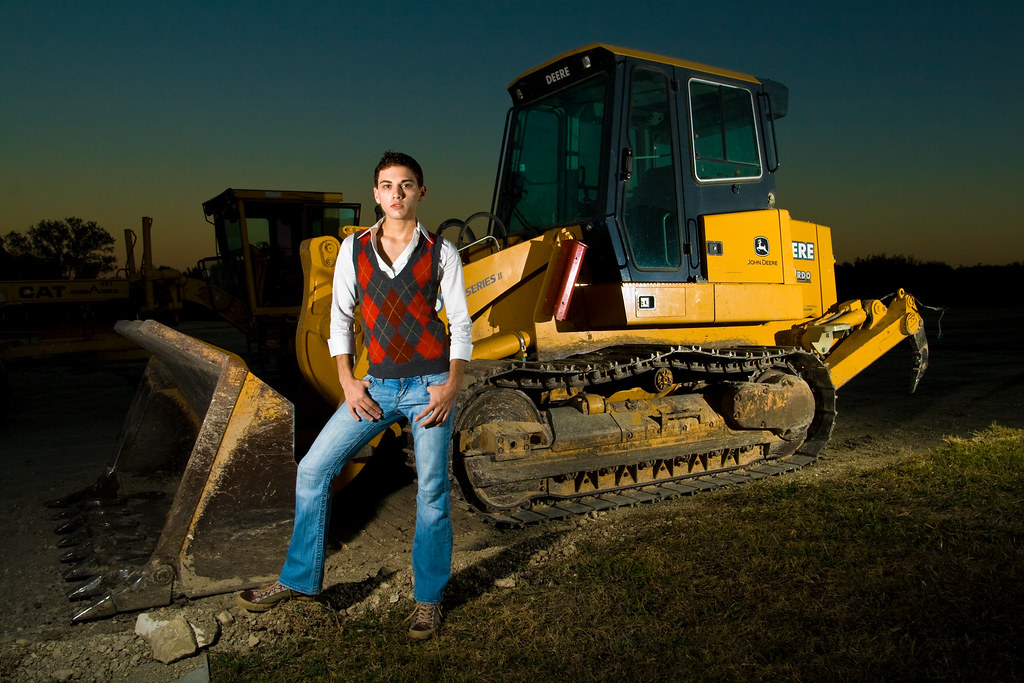
Model: Zackariahh Hamze
This was taken on campus at UTD next to the SOM building.
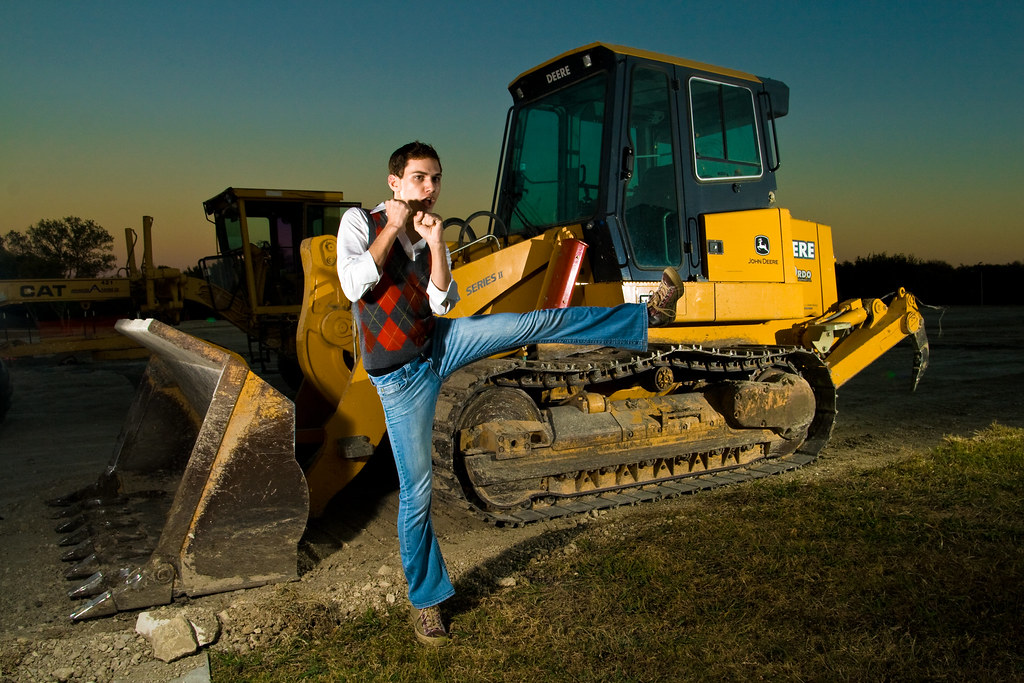 Model: Zackariahh Hamze
Model: Zackariahh Hamze
Zack's having a little fun at the end.
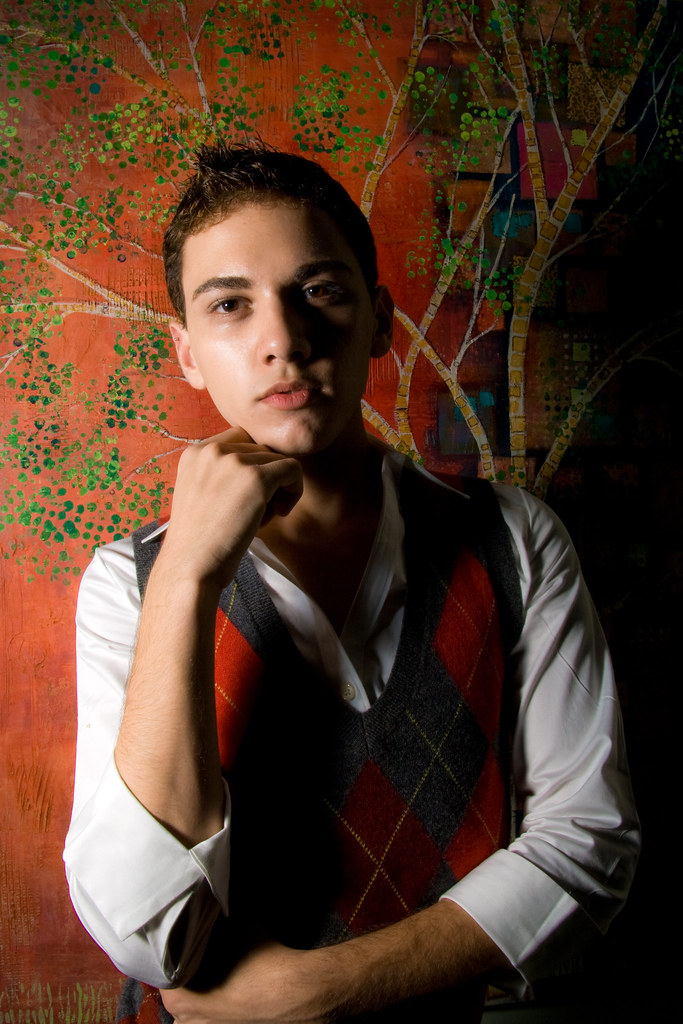
Model: Zackariahh Hamze
Inside the SOM building.

Model: Zackariahh Hamze
This was taken on campus at UTD next to the SOM building.
 Model: Zackariahh Hamze
Model: Zackariahh HamzeZack's having a little fun at the end.

Model: Zackariahh Hamze
Inside the SOM building.
Thursday, October 30, 2008
Tuesday, October 28, 2008
Shoot for Thursday
Photo shoot this Thursday at 5:00PM on campus. We will meet at the art barn then move to another location when seen fit. Anyone is welcome to join or observe.
email lpn071000@utdallas.edu for any questions.
email lpn071000@utdallas.edu for any questions.
Monday, October 27, 2008
Location Scouting
Sunday, October 26, 2008
Photos from last week
It's amazing how different pictures can look from each photographer during the same shoot. Here are a few of my images from our recent shoots:
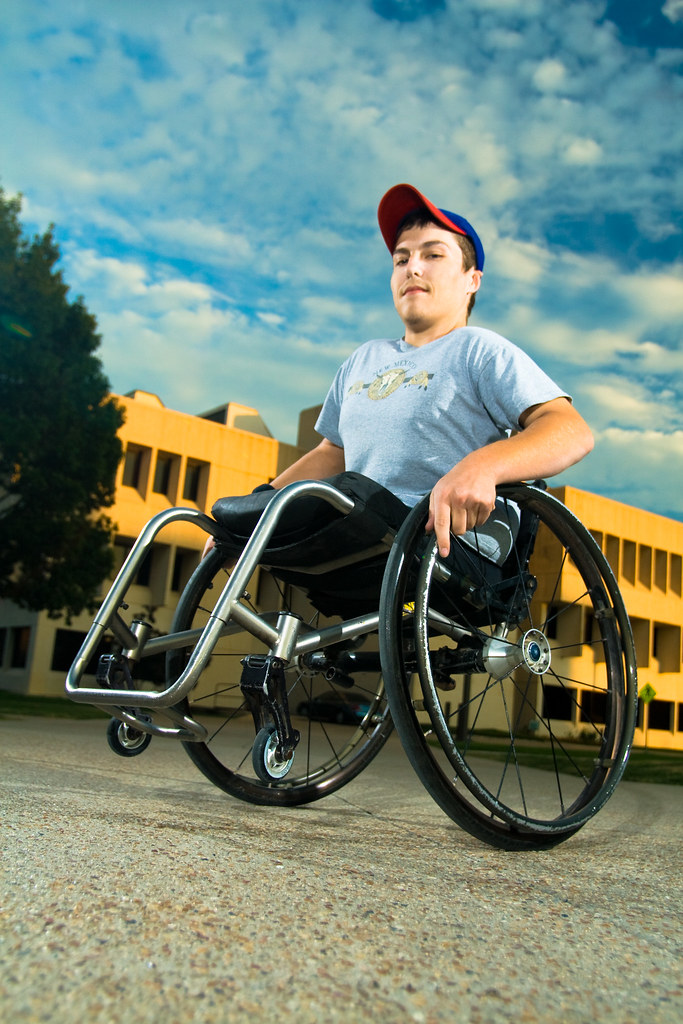 model: David Bird
model: David Bird
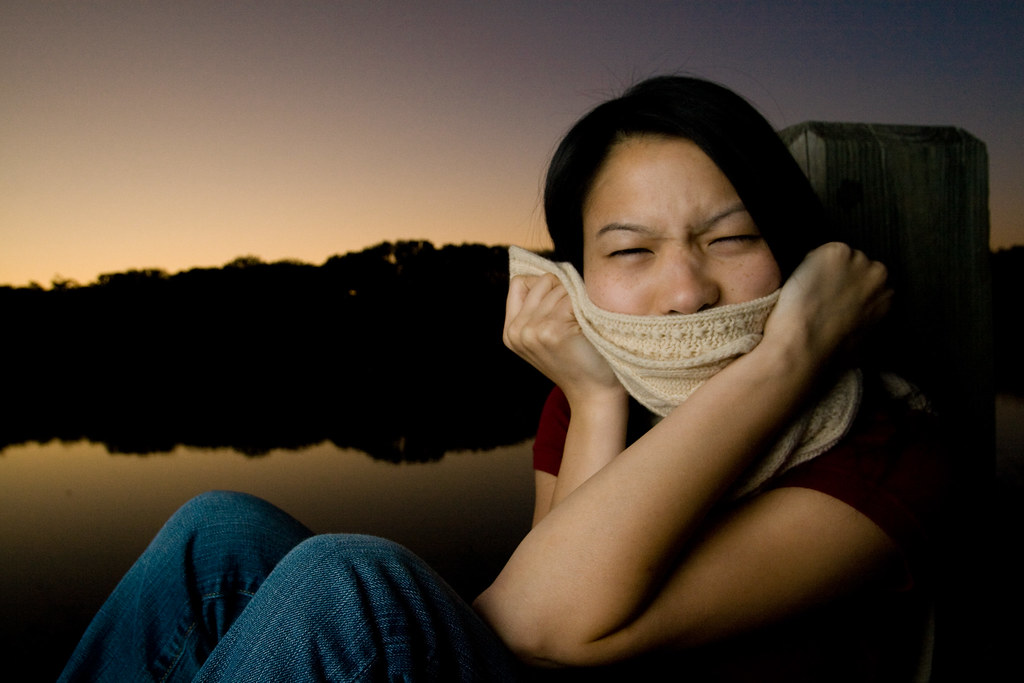 Model: Annie Luong
Model: Annie Luong
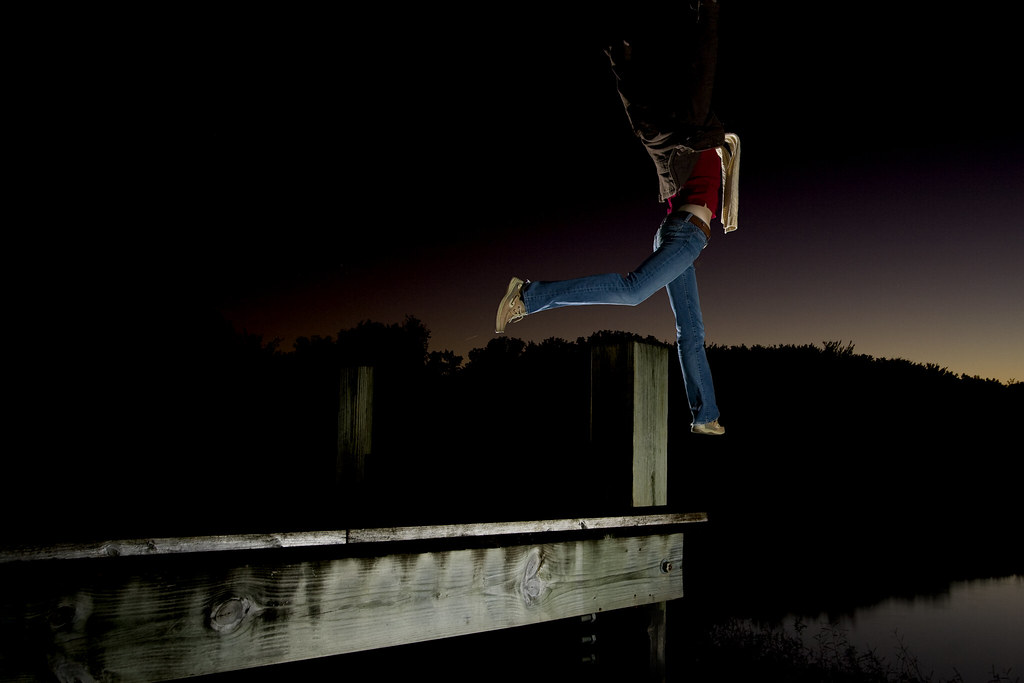 Model: Annie Luong
Model: Annie Luong
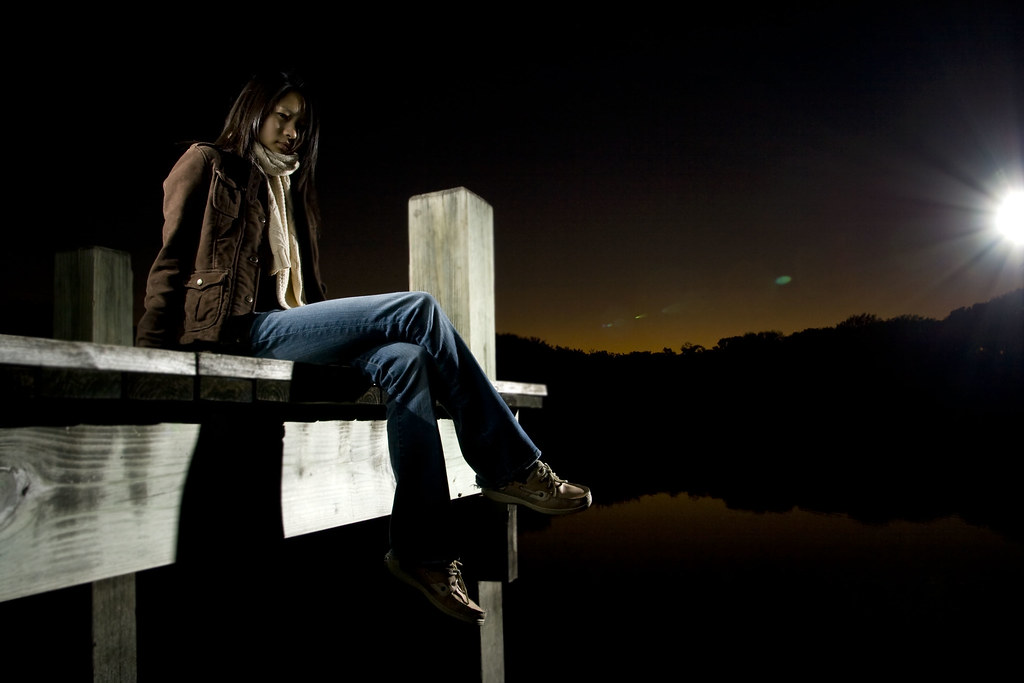 Model: Annie Luong
Model: Annie Luong
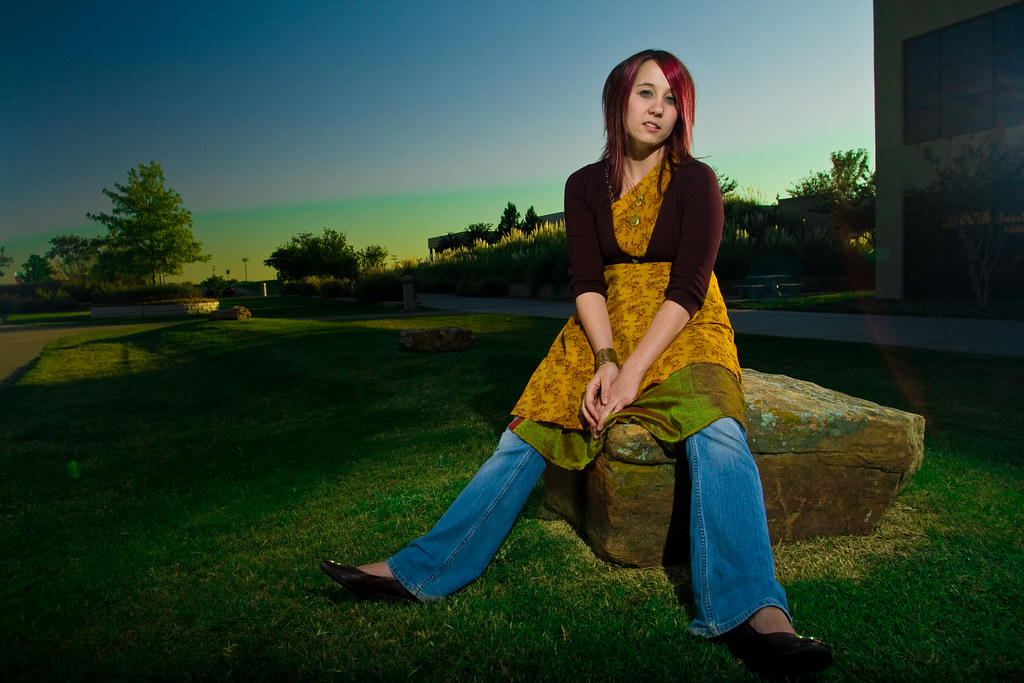 Model: Leah Foster
Model: Leah Foster
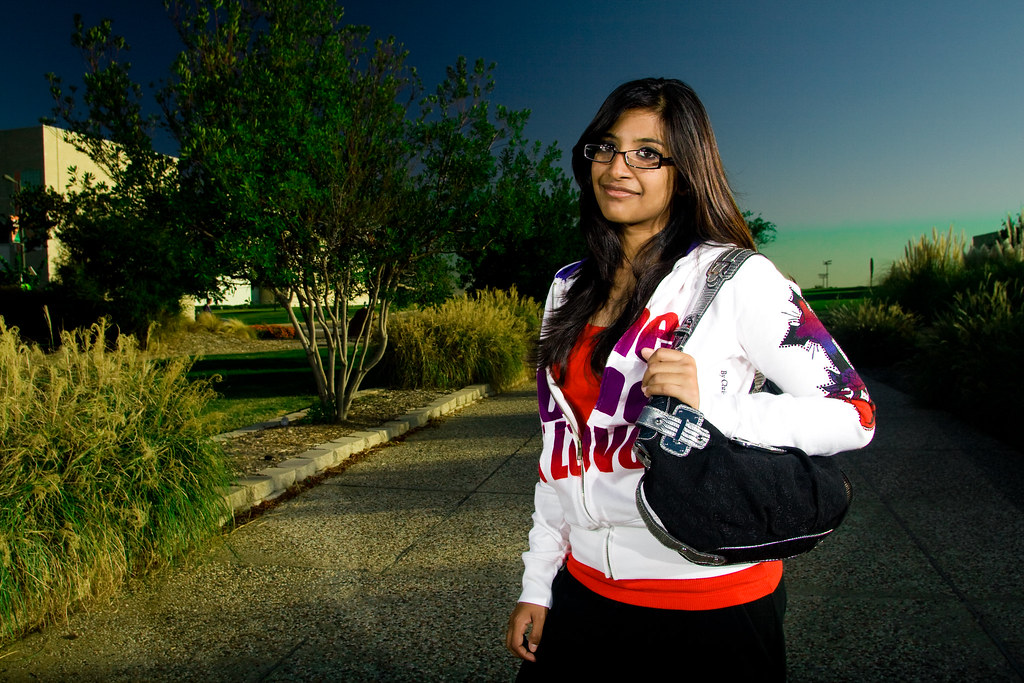 Model: Unknown (can you fill this one in for me, long?)
Model: Unknown (can you fill this one in for me, long?)
Here are the albums of UTD student photographers:
http://flickr.com/photos/hubertduong/ hubert duong
http://lphi.smugmug.com/ long nguyen
http://flickr.com/photos/nokturnull/ eugene lee
http://flickr.com/photos/31565225@N07/ daniel song
http://flickr.com/photos/leahfoster/ leah foster
we are working on getting Luong's album up.
 model: David Bird
model: David Bird Model: Annie Luong
Model: Annie Luong Model: Annie Luong
Model: Annie Luong Model: Annie Luong
Model: Annie Luong Model: Leah Foster
Model: Leah Foster Model: Unknown (can you fill this one in for me, long?)
Model: Unknown (can you fill this one in for me, long?)Here are the albums of UTD student photographers:
http://flickr.com/photos/hubertduong/ hubert duong
http://lphi.smugmug.com/ long nguyen
http://flickr.com/photos/nokturnull/ eugene lee
http://flickr.com/photos/31565225@N07/ daniel song
http://flickr.com/photos/leahfoster/ leah foster
we are working on getting Luong's album up.
Friday, October 24, 2008
Friday 24th shoot
Our biggest photo shoot yet in terms of people and models.
Expect more photos (or links) from Hubert, Daniel, Leah, and Luong.
One of the wilder goals of UTD Photo is to have the world's largest photo shoot, all to be done on campus. From web surfing, the most people I've seen doing a photo shoot at once topped at twenty people - not including seminars, those don't count as photo shoots.




Expect more photos (or links) from Hubert, Daniel, Leah, and Luong.
One of the wilder goals of UTD Photo is to have the world's largest photo shoot, all to be done on campus. From web surfing, the most people I've seen doing a photo shoot at once topped at twenty people - not including seminars, those don't count as photo shoots.




Monday, October 20, 2008
CLS/E-TTL vs Pocket Wizard (and others)
When picking a method to trigger your lights, it boils down to Radio or Infrared.
Canon E-TTL and Nikon CLS use infrared technology to transmit their camera information between flashes and body. This information contains values for light output, distance between subject and camera, and exposure settings - shutter, ISO, etc. Infrared can travel only a short distance of about 30 feet so range is limited. There are ways to extend this range by bridging flashes or by use of Radio Popper's line of products. Also, there is a line of sight associated with infrared technology, typically 30 degrees from the master flash/ camera body. When placing your flashes onto your environment, the unit's IR port must be openly visible to the master controller, otherwise the digital data for exposure cannot communicate.
This technology comes real handy to wedding photographers or photographers who need to act quickly during the shoots. E-TTL and CLS take loads off the photographer when it comes to calculating exposure; they won't have to tweak the settings to get a proper exposed shot - as defined by the camera. There is no need to physically get to each flash unit to adjust the settings because the settings can be controlled from the master flash, usually on your camera.
No other adapters or special add ons are needed to work. You only need are a flash that can act as the master unit such as the 580 EXII or SB800, and all the other flashes could be master units or slave-only units. Take note that not all Canon and Nikon flashes have the built in wireless feature. The oldies won't have this technology.
Canon E-TTL and Nikon CLS use infrared technology to transmit their camera information between flashes and body. This information contains values for light output, distance between subject and camera, and exposure settings - shutter, ISO, etc. Infrared can travel only a short distance of about 30 feet so range is limited. There are ways to extend this range by bridging flashes or by use of Radio Popper's line of products. Also, there is a line of sight associated with infrared technology, typically 30 degrees from the master flash/ camera body. When placing your flashes onto your environment, the unit's IR port must be openly visible to the master controller, otherwise the digital data for exposure cannot communicate.
This technology comes real handy to wedding photographers or photographers who need to act quickly during the shoots. E-TTL and CLS take loads off the photographer when it comes to calculating exposure; they won't have to tweak the settings to get a proper exposed shot - as defined by the camera. There is no need to physically get to each flash unit to adjust the settings because the settings can be controlled from the master flash, usually on your camera.
No other adapters or special add ons are needed to work. You only need are a flash that can act as the master unit such as the 580 EXII or SB800, and all the other flashes could be master units or slave-only units. Take note that not all Canon and Nikon flashes have the built in wireless feature. The oldies won't have this technology.
Radio sends signals from all around. They can pass through objects and walls although the range will weaken. Companies that produce these radio triggers (in order of pricetag) are: Pocket Wizard, AlienBees CyberSync, and soon to be Radio Popper with their Jr. line. Radios have proven to have longer ranges, PWs having to have a range of 1600ft.
So far, these manufacturers have made their triggers to transmit only the 'fire flash' signal meaning that no automatic exposure information is sent through the radio. Photographers are forced to use manual mode on their flashes; we have to adjust power level, zoom, distance from flash to subject and groups/channels by hand by walking up to each unit and dialing in, or pressing buttons to change the settings. In contrast to the built in, self functioning units mentioned above, Radios will need an adapter to trigger the flash whether it be PC male to miniphone male, hotshoe to miniphone, etc. At least in this fashion, radios are compatible with all flashes ever made to date.In terms of price, either method will be the same with an exception.
1)
You choose E-TTL/CLS and the flashes you need will be in the upper tier.
Price depends on amount of flash units.
expensive flash + expensive flash(es) = your max budget
2)
You choose Radio and the flashes you need can be in any tier, cheap low end through latest and greatest.
Price depends on amount of flash units AND radio units. (assuming you pick the low end, cheap flashes usually around ~$100)
inexpensive flash(es) + expensive radio(s) = your max budget
3) the exception
If you get the best flashes your manufacturer offers alongside with obtaining radio units, price becomes ridicous. You are essentially picking IR technology AND radio techonology since the upper tier flashes already have wireless built in.
*unless you utterly need both IR and radio, you have not past your max budget.
Sunday, October 19, 2008
Hubert's Pictures from last friday's shoot
So JR Palomar kindly let us into UTD Radio and take photos of him.
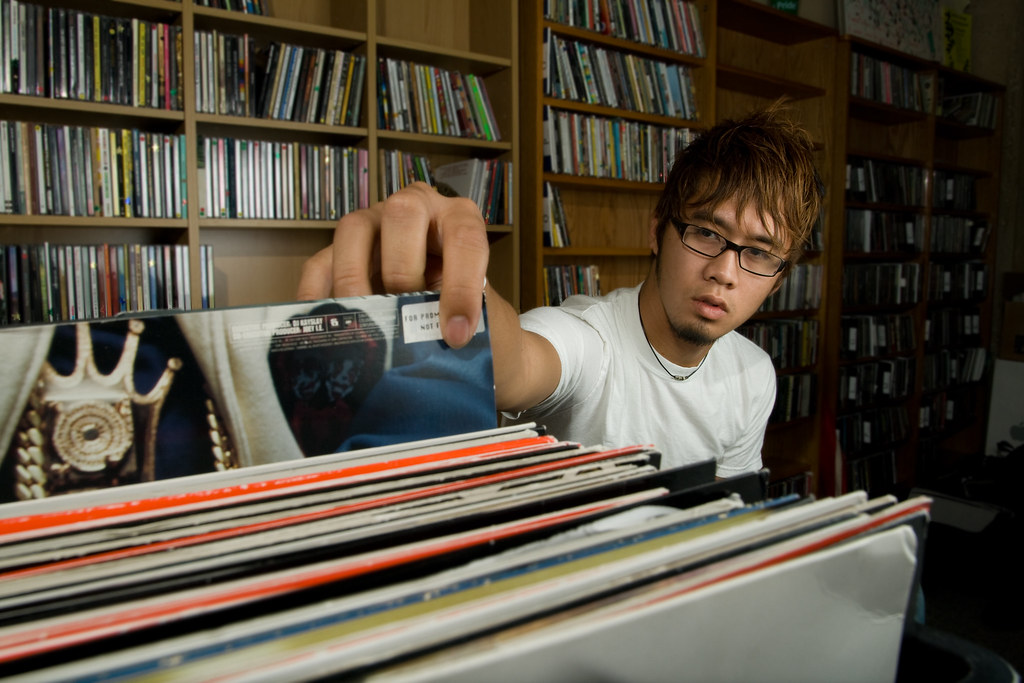
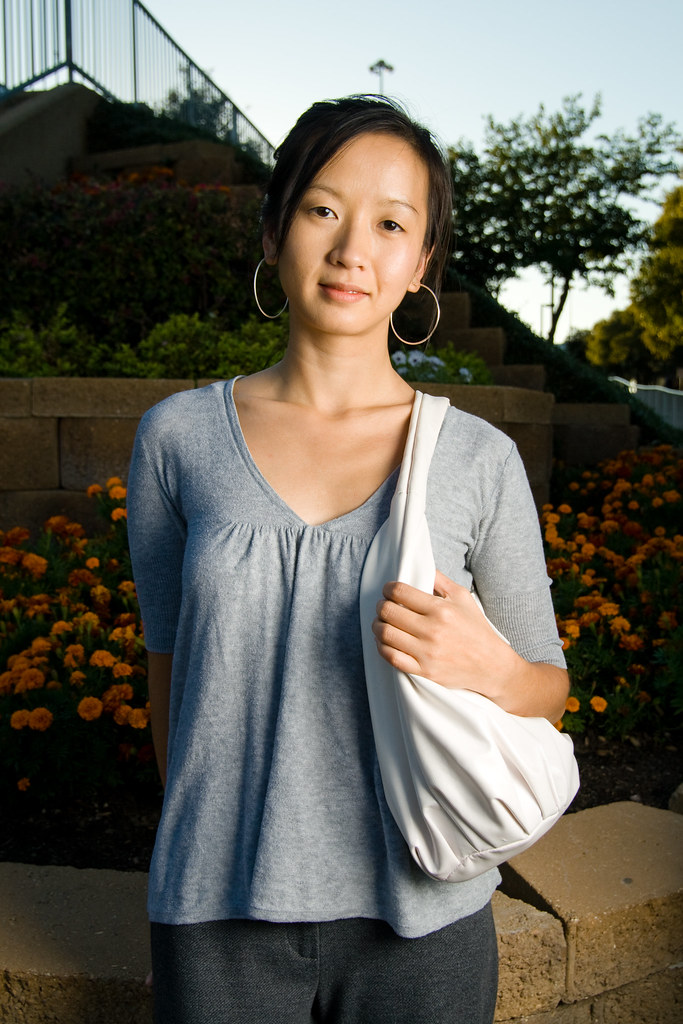 Then, Long randomly asked strangers to allow us to take pictures of them, hehe.
Then, Long randomly asked strangers to allow us to take pictures of them, hehe.
http://www.flickr.com/photos/hubertduong/ for more.

Selecting an album
 Then, Long randomly asked strangers to allow us to take pictures of them, hehe.
Then, Long randomly asked strangers to allow us to take pictures of them, hehe.http://www.flickr.com/photos/hubertduong/ for more.
Saturday, October 18, 2008
One-to-One Open Sessions
I'm allowing ten to fifteen minutes of one-to-one, personal, open session discussions/demonstrations every Tuesday and Thursday mornings starting at 9:30 AM. I will also have time before noon on every Monday. I can help answer any questions you may have, or if you are just starting out photography I can bring you up to speed so you can start taking photos like the ones on this site. I can tell you things about our shoots, equipment, techniques, thought processes, etc during these discussions.
Email me at lpn071000@utdallas.edu to schedule ahead of time and we can meet somewhere on campus.
Email me at lpn071000@utdallas.edu to schedule ahead of time and we can meet somewhere on campus.
Friday, October 17, 2008
Photo Shoot from Oct 17
Check out radio.utdallas.edu
Video will display full resolution when viewed on Firefox. IE cuts off the right portion of the video.
Subscribe to:
Posts (Atom)



 1/250th 5.6 ISO 160
1/250th 5.6 ISO 160 SB 24, beside monitor, @ 1/8 power
SB 24, beside monitor, @ 1/8 power SB 80dx @ 1/4 power
SB 80dx @ 1/4 power





